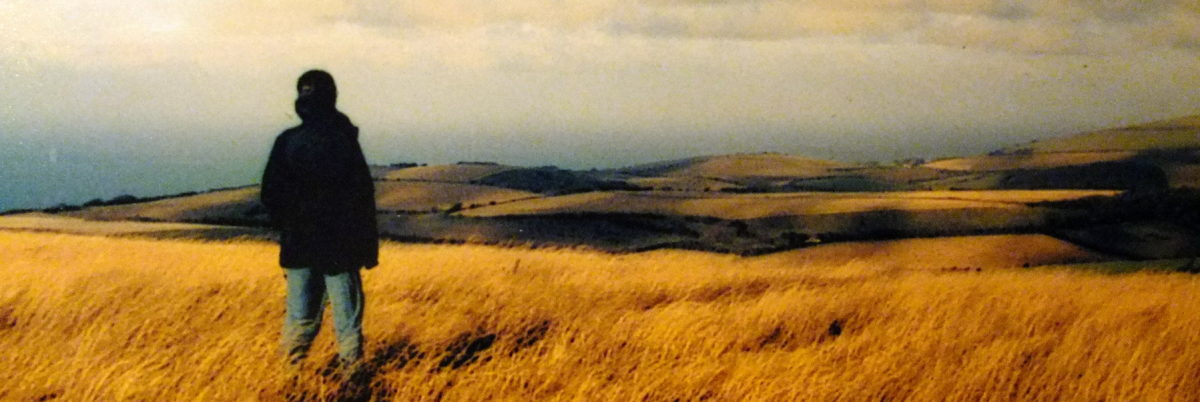Occasionally I have felt like a lump of dough without yeast, like a sticky, dense heap of dough slumped on the kitchen counter with no potential for rising and growing into something new. Without the aliveness that yeast brings to bread, I have been both weary and dreary.
“O God, yeast my bread,” wrote poet Werner Jahney. Yes, I thought, that’s my prayer. In this time of darkness, this time of discord, hostility, and grief, I need the lift that yeast gives to bread dough. We all do. We need something that will lighten our heaviness and expand us. We need to rise!
Last week I received such a lift for my living, a rich abundance of ‘yeast’ that refilled me with energy and hope. I was blessed by a Thanksgiving weekend with my extended Bieber family. Siblings and parents, aunts and uncles, cousins and grandchildren (all bearing negative Covid tests!) gathered from across the country for an eagerly anticipated reunion.
In the two years since we last met, we have experienced hardship and opportunity, and we’ve been challenged by beginnings and endings. There has been joy in babies joining the family and deep grief in the sudden death of a dear brother. One sister was hospitalized with Covid, and others have been ill. We have been discouraged and weary of uncertainty. We are tired of masks and the need to be cautious. Our lives vary greatly, as do our opinions. I wondered how our time together would unfold.
This is what I noticed. Outside the window of our mountain retreat house, a few snowflakes floated through the wintry air, but inside it was warm with love. I heard singing in the kitchen as a group prepared for lunch. Half a dozen adults were buried in books while others were deep in conversation. A trio of young girls was playing Uno on the floor as their younger siblings toddled around discovering new toys. In one bedroom five teenagers Zoomed with a cousin who couldn’t come. Some of us focused on computer screens while others joined in fiercely competitive board games. When we gathered to share stories and memories about the brother who died, laughter came freely with our tears. We sang together the old songs first enjoyed by my generation, and danced as we sang Lord of the Dance.
Dough with yeast added needs a warm place in which to rise. The love we held for each other provided such a warm place. Mutually cherished, we mutually expanded and flourished. I overflowed with thankfulness, discovering anew what a privilege it was to be together. This gathering, which I might have taken for granted in the past, was a precious treasure, a joy for my spirit.
Gratitude comes with joy. There’s a beautiful children’s book by Matthew Fox called In the Beginning There was Joy. I love the wisdom of that title. When we re-joice, we are reclaiming something that was in the beginning; we are finding something we’ve lost or forgotten. With love, gratitude and joy in us, we are like dough leavened with yeast, and we lightly rise, filling with energy and hope.
Will I continue to be ‘yeasted’ as I return to daily life with winter and another new variant on the horizon? I hope so, but I don’t know. I do know that I need to notice the places in my everyday life that are warmed by love. I need to remember to pause for gratitude, to live in hope, to be open to joy.
I am fortunate that I received a Thanksgiving blessing through this family gathering, and I know that such blessing through family doesn’t always happen. But we all need to be leavened with yeast, to rise in hope and gratitude. Will you pause to notice the unique blessings within your life? Will you pause to be grateful, to pay attention to how your heart expands with love? As we enter the adventure of Advent, what will lift your life?


























